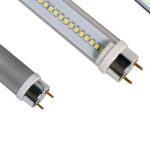4 Foot LED Light Wattage: How Many Watts Do You Need for Optimal Illumination?
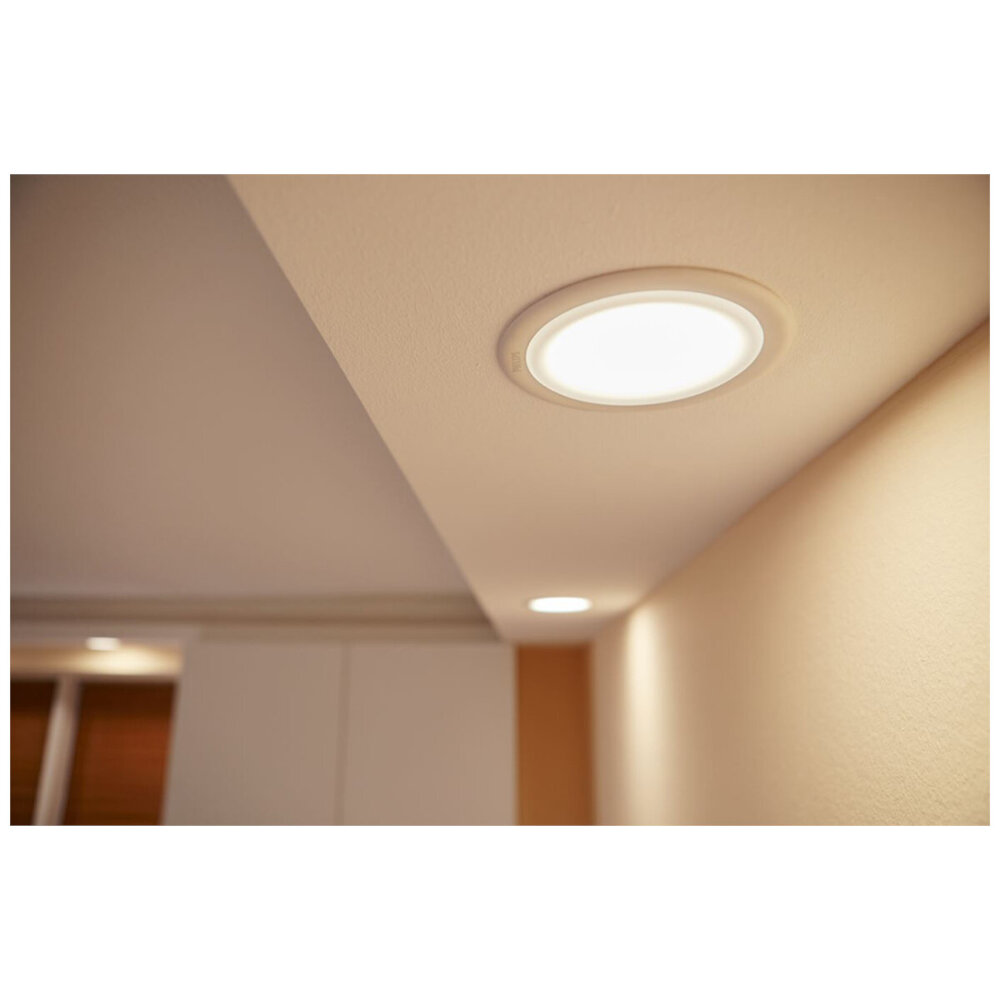
When it comes to lighting up a space, wattage plays an important role in determining the brightness and energy efficiency of the lighting system. With the rise of LED lighting, it has become easier to illuminate spaces with minimal power consumption. However, choosing the right wattage for 4-foot LED lights can be a daunting task, especially if you are not familiar with the technicalities of lighting systems. The wattage of 4-foot LED lights depends on several factors, such as the size of the space, the purpose of the lighting, and the desired ambiance. Whether you are looking to light up your home, office, or commercial space, it is essential to understand the different wattage options available and their pros and cons. In this article, we will explore the optimal wattage for 4-foot LED lights and how to choose the right wattage for your specific lighting needs.
Choosing the right wattage for LED lights is crucial for optimal illumination in any space. LED lights are energy-efficient and long-lasting, but selecting the wrong wattage can result in poor illumination, wasted energy, and potentially higher electricity bills. The wattage of an LED light determines its brightness and energy consumption, so it’s essential to consider factors such as room size, ceiling height, and the purpose of the space when selecting the appropriate wattage. Additionally, choosing the right wattage for LED lights can enhance the ambiance of a room, improve visibility and productivity, and even impact mood and well-being. Therefore, taking the time to determine the right wattage for LED lights can ultimately lead to a well-lit, energy-efficient, and comfortable space.
When it comes to choosing the right wattage for your 4-foot LED light, it’s important to understand how wattage affects illumination. Wattage is a measure of the amount of power consumed by the light, and it directly affects the brightness or intensity of the illumination. The higher the wattage, the brighter the light will be. However, it’s important to note that wattage alone doesn’t determine the quality of the illumination. The color temperature, color rendering index, and beam angle of the light also play a crucial role in determining the overall quality of the illumination. Therefore, it’s important to consider all of these factors when choosing the right wattage for your 4-foot LED light to ensure optimal illumination for your space.
Understanding LED Wattage
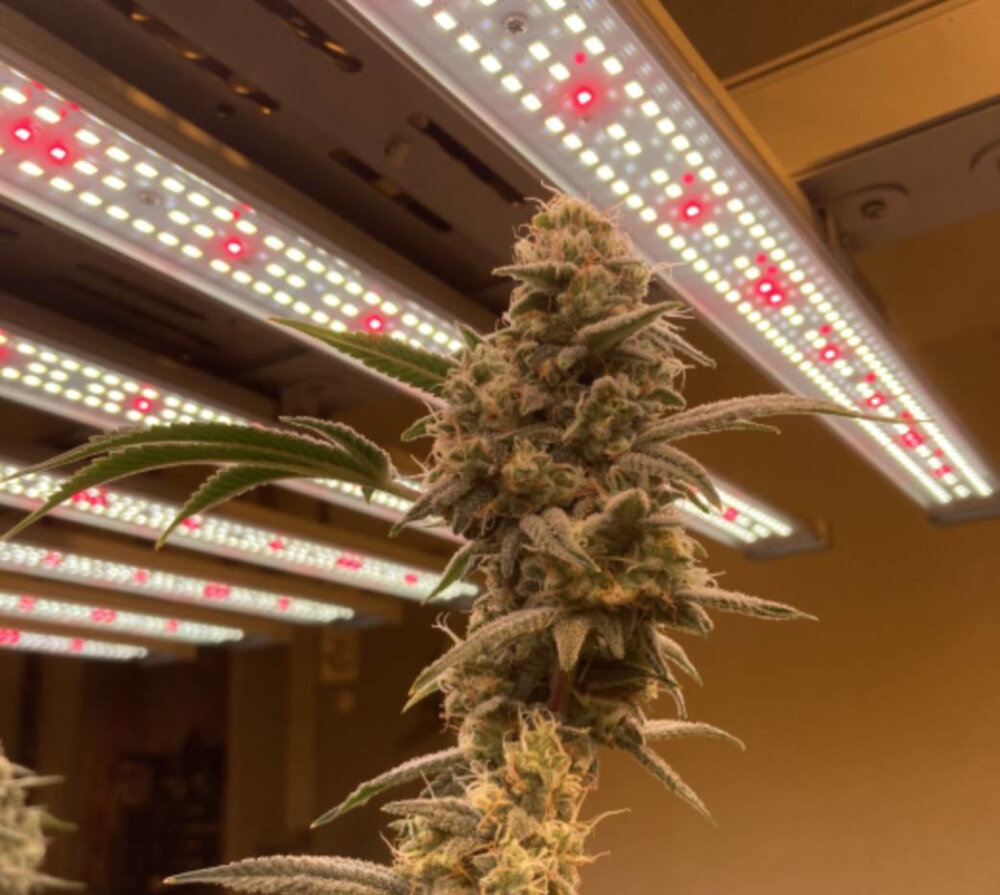
LED lighting technology has revolutionized the way we illuminate our homes, offices, and public spaces. Unlike traditional incandescent bulbs, LED lights consume significantly less energy and are therefore more cost-effective and environmentally friendly. However, understanding LED wattage can be confusing for those who are unfamiliar with the technology. Wattage refers to the amount of energy consumed by an LED light, and it is often used as a measure of the light’s brightness. However, the wattage of an LED light does not necessarily indicate its brightness, as other factors such as lumens and color temperature also play a role. When choosing the wattage of an LED light, it is important to consider the purpose of the lighting and the size of the space being illuminated. For example, a smaller room may only require a lower wattage LED light, while a larger room or outdoor area may require a higher wattage for optimal illumination. It is also important to consider the color temperature of the light, as different temperatures can create different moods and atmospheres. Overall, understanding LED wattage is essential for choosing the right lighting for your needs and achieving the desired level of illumination in your space.
LED wattage refers to the amount of electrical power used by an LED light to produce light. Unlike traditional lighting, LED lights are highly efficient and require significantly less wattage to produce the same amount of illumination. This is due to the fact that LED lights use semiconductors to convert electricity into light, while traditional lighting sources such as incandescent bulbs rely on heating a wire filament to produce light. As a result, LED lights typically consume 50-80% less energy than traditional lighting sources while providing the same or even better illumination. The wattage required for optimal illumination in a 4-foot LED light depends on several factors such as the type of fixture, the desired brightness, and the intended use of the light.
The wattage of LED lights has a significant impact on energy consumption and cost savings. LED lights are known to be highly energy-efficient, with much lower wattage requirements compared to traditional incandescent bulbs. As such, the wattage of LED lights determines the amount of power utilized in producing light, and this directly affects the amount of energy consumed. Lower wattage LED lights consume less energy, leading to cost savings in terms of reduced electricity bills. Additionally, lower wattage LED lights have a longer lifespan, which translates to even more savings in the long run. Therefore, when considering the wattage of LED lights, it is crucial to consider both the energy consumption and cost savings implications.
The wattage of an LED light directly affects its illumination levels. The higher the wattage, the brighter the light will be. This is because wattage is a measure of power consumption, and the more power the LED light consumes, the more light it will emit. However, it’s important to note that wattage isn’t the only factor that determines illumination levels. Other factors, such as the quality of the LED chips, the color temperature, and the beam angle, also play a significant role. So while higher wattage LED lights will generally provide brighter illumination, it’s important to consider all of these factors when selecting the right LED light for your needs.
Factors to Consider When Choosing LED Wattage
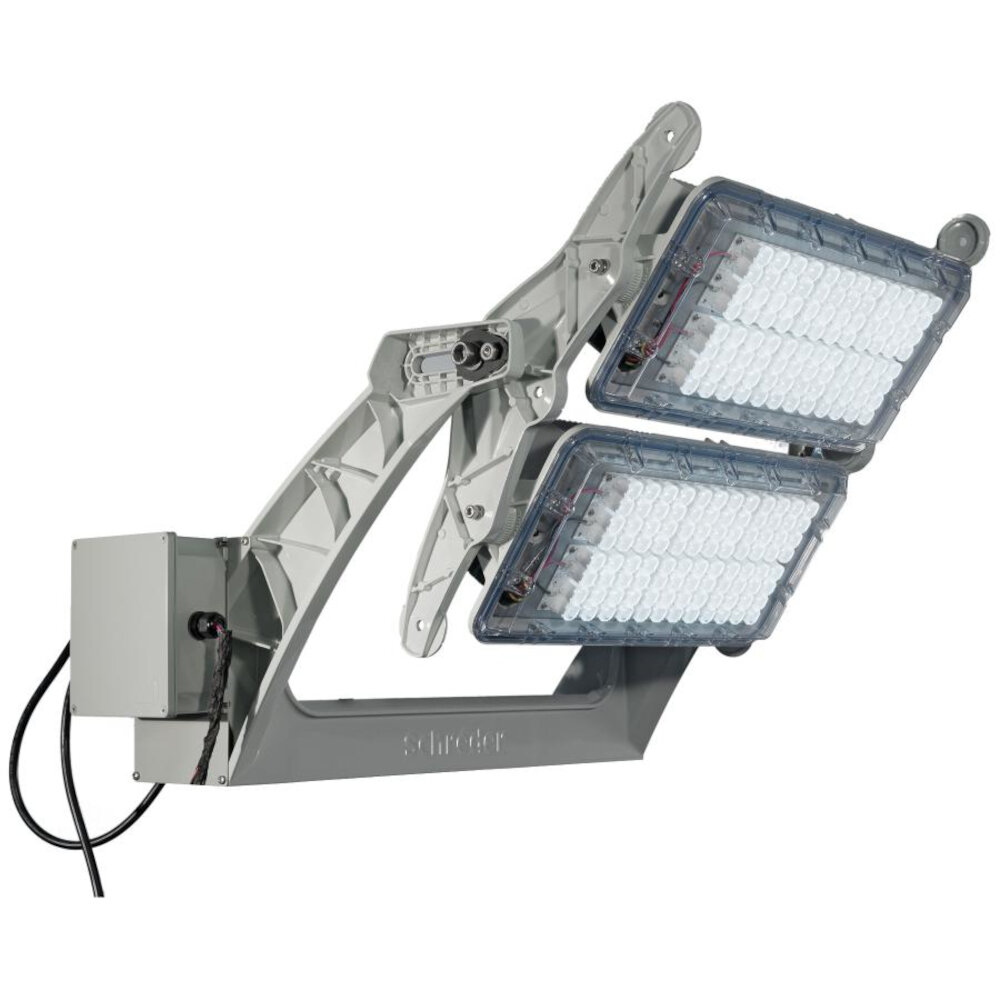
When choosing LED wattage for your lighting needs, there are several factors to consider to ensure that you get the optimal illumination. The first factor to consider is the size of the space you want to light up. Larger spaces will require higher wattage to provide adequate illumination, while smaller spaces can be illuminated with lower wattage LED bulbs. The height of the ceiling should also be taken into consideration, as higher ceilings will require more wattage to provide sufficient brightness. Additionally, the intended use of the space should also be considered. For example, a workspace or kitchen will require brighter lighting compared to a bedroom or living room. Another factor to consider when choosing LED wattage is the color temperature of the bulb. The color temperature is measured in Kelvin and determines the color of the light emitted by the bulb. Lower Kelvin temperatures produce warmer, yellowish light, while higher Kelvin temperatures produce cooler, bluish light. The color temperature should be chosen based on personal preference and the intended use of the space. For example, a warmer color temperature is often preferred for living spaces, while cooler temperatures are better suited for workspaces. By considering these factors, you can choose the right LED wattage to provide optimal illumination for your space.
When it comes to choosing the right wattage for your 4-foot LED light, the size of the room and the ceiling height are important factors to consider. A larger room with a higher ceiling will require more wattage to provide optimal illumination. This is because the light needs to cover a larger area and penetrate further into the space. On the other hand, a smaller room with a lower ceiling can be adequately lit with a lower wattage LED light. It is important to choose the right wattage for your specific space to ensure that you have enough light to meet your needs without overloading the circuit or wasting energy.
The purpose of lighting varies depending on the type of lighting used. Task lighting, for example, is designed to provide bright, focused illumination for specific activities such as reading, cooking or working on a project. It should be bright enough to allow you to see clearly without causing eye strain or fatigue. On the other hand, ambient lighting is meant to create a comfortable and inviting atmosphere in a room. It is usually softer and less intense than task lighting, but still provides enough illumination to navigate a space and create a cozy ambiance. Other types of lighting, such as accent lighting, are used to highlight specific areas or objects in a room, while decorative lighting is purely aesthetic and meant to add visual interest to a space. When choosing the wattage for your 4-foot LED light, it is important to consider the purpose of the lighting and choose a wattage that provides optimal illumination for your specific needs.
Color temperature and color rendering index (CRI) are two important factors to consider when selecting the appropriate wattage for 4-foot LED lights. Color temperature refers to the color of the light emitted by the bulb, measured in degrees Kelvin. A higher color temperature, such as 5000K or above, produces a cooler, bluish-white light, while a lower color temperature, such as 2700K, produces a warmer, yellowish-white light. The CRI, on the other hand, measures how accurately the light source displays colors compared to natural light. A higher CRI, such as 90 or above, means that colors will appear more vivid and true to life. It is important to consider both color temperature and CRI when selecting the appropriate wattage for 4-foot LED lights to ensure optimal illumination for your specific needs.
When it comes to lighting choices, personal preference and style can play a significant role in determining the wattage of LED lights that one may need. Some individuals may prefer bright and white light, while others may prefer a warmer and more relaxed ambiance. The wattage of LED lights can impact the mood and atmosphere of a room, and it is essential to choose the wattage that best suits your personal preference and style. Additionally, the size and purpose of the room should also be considered when deciding on the optimal wattage for LED lights. Ultimately, personal preference and style should always be taken into account when selecting the right LED light wattage for any space.
Recommended LED Wattage for Different Rooms
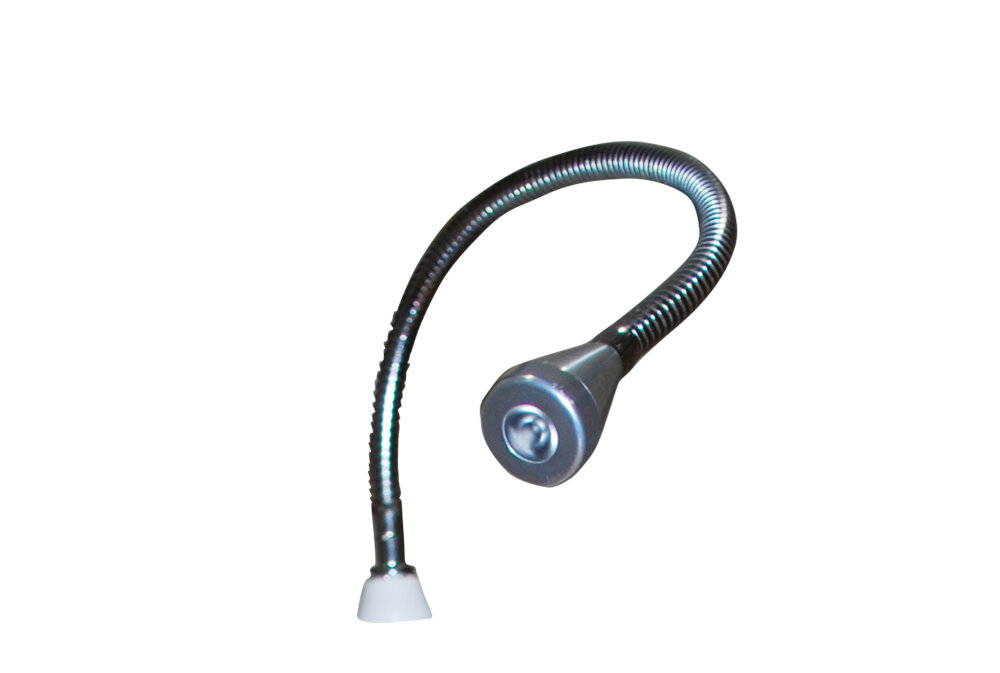
Choosing the right LED wattage for different rooms is crucial in achieving optimal illumination. For the living room, it is recommended to have a brightness level of 1500-3000 lumens, which can be achieved by using LED bulbs with a wattage of 10-20W. This range provides a warm and welcoming atmosphere for entertainment and relaxation. On the other hand, the kitchen requires brighter lighting to ensure proper visibility for cooking and food preparation. A brightness level of 4000-6000 lumens is recommended, which can be achieved by using LED bulbs with a wattage of 25-30W. This provides ample lighting for the task at hand and enhances the overall aesthetic of the room. In the bedroom, a softer and more relaxing ambiance is preferred, making it ideal to have LED bulbs with a wattage of 5-10W, producing a brightness level of 500-1000 lumens. This range provides sufficient lighting for reading and other activities while maintaining a relaxing environment for sleep. Meanwhile, the bathroom requires brighter lighting for grooming and personal care tasks. A brightness level of 4000-6000 lumens is recommended, which can be achieved by using LED bulbs with a wattage of 25-30W. This range provides ample lighting for personal care tasks while ensuring proper visibility and enhancing the aesthetics of the room. Overall, it is essential to consider the recommended LED wattage for different rooms to achieve optimal illumination and create a comfortable and inviting living space.
The kitchen is often referred to as the heart of the home where meals are prepared and enjoyed with family and friends. It is a space that requires ample lighting to ensure safety, functionality, and ambiance. In recent years, LED lighting has become a popular choice for kitchen lighting due to its energy efficiency, long lifespan, and versatility in design. Installing a 4-foot LED light fixture in the kitchen can provide optimal illumination for various tasks such as chopping vegetables, reading recipes, and washing dishes. With the right wattage, the LED light can enhance the overall aesthetics of the kitchen by highlighting its design elements and creating a warm and inviting atmosphere.
The living room is the heart of any home, a space where we gather to relax, entertain, and spend time with loved ones. As such, it’s important to ensure that this room is adequately illuminated with the right lighting fixtures. One popular option for modern homes is 4-foot LED lights, which offer an energy-efficient and long-lasting solution for optimal illumination. When choosing the wattage for your LED lights, it’s important to consider factors such as the room size, ceiling height, and desired brightness level. With the right wattage, your living room can become a cozy and inviting space that’s perfect for any occasion.
The bedroom is an essential part of any household, as it is where we spend a significant portion of our time sleeping and resting. It is a personal space that should be comfortable, cozy, and well-lit to promote relaxation and restful sleep. The lighting in a bedroom plays a crucial role in creating the perfect ambiance, and the use of 4-foot LED lights can provide optimal illumination. With a range of wattage options available, it is essential to determine the right amount of wattage needed to avoid over- or under-lighting the space. The right amount of 4-foot LED light wattage can enhance the bedroom’s overall aesthetics while also improving the quality of sleep for the occupants.
The bathroom is an essential part of any household. It serves as a place of personal hygiene, relaxation, and rejuvenation. A well-lit bathroom is crucial for proper grooming and safety. LED lights have become increasingly popular due to their energy efficiency, long lifespan, and cost-effectiveness. When selecting LED lights for your bathroom, it is important to consider the wattage needed for optimal illumination. This will depend on the size of your bathroom, the height of your ceiling, and the level of brightness desired. By choosing the right LED light wattage, you can create a comfortable and inviting atmosphere in your bathroom.
The office is a vital space for many people; it is where professionals tackle their daily tasks and produce their best work. It is crucial to have an environment that promotes productivity, and proper lighting is a key factor in achieving this goal. With the advancement of technology, LED lights have become the go-to choice for office lighting due to their efficiency and energy-saving capabilities. When choosing the appropriate LED light for your office, it is essential to consider the wattage needed for optimal illumination. A 4 foot LED light with the appropriate wattage can provide sufficient lighting for any office space, creating an environment that fosters productivity and boosts employee morale.
Tips for Maximizing LED Lighting Efficiency
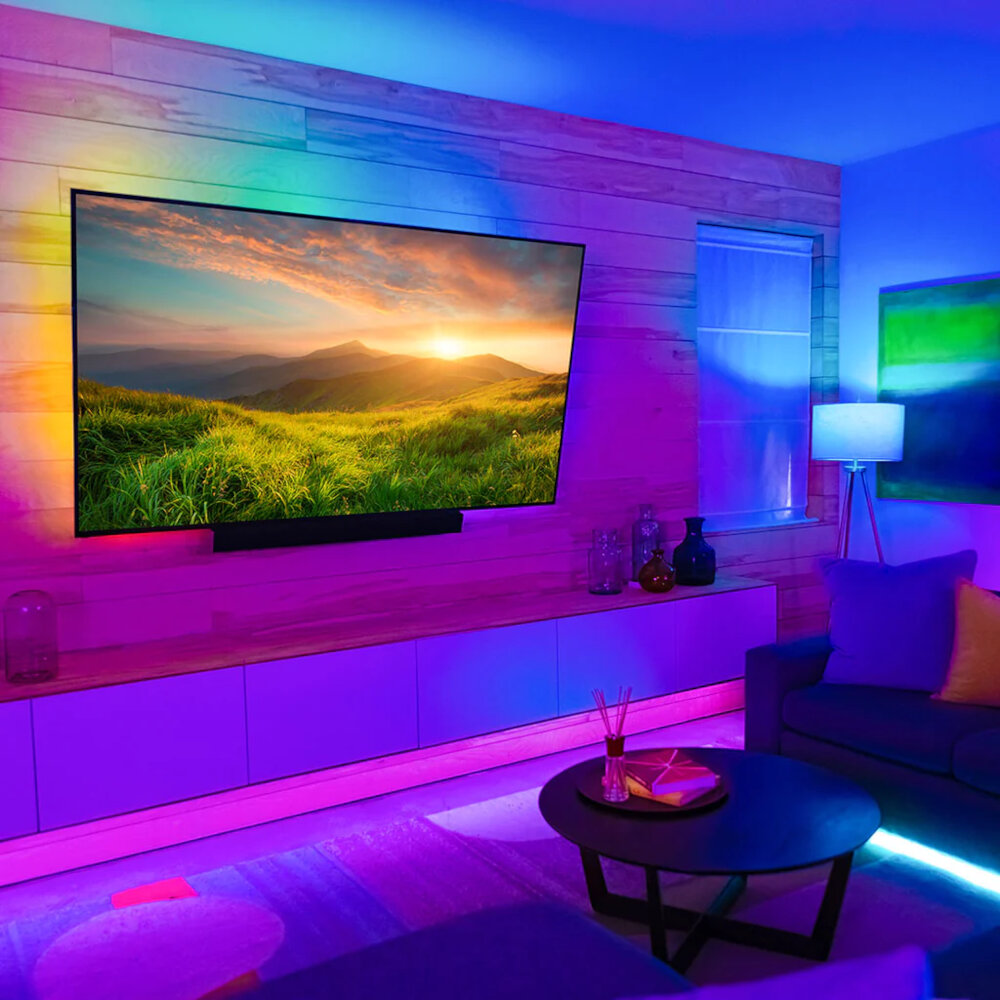
LED lighting is a popular choice for many homes and businesses due to its energy efficiency and long lifespan. However, to truly maximize the efficiency of LED lighting, there are a few tips to keep in mind. First, it’s important to choose LED bulbs with a high lumens-to-watts ratio. This means that the bulb produces a high amount of light (lumens) while using a low amount of energy (watts). The higher the lumens-to-watts ratio, the more efficient the bulb will be. Another tip for maximizing LED lighting efficiency is to use dimmer switches. Dimmer switches allow you to adjust the brightness of your LED lights, which can help save energy and extend the lifespan of the bulbs. Additionally, it’s important to choose LED bulbs with a color temperature that suits your needs. LED bulbs are available in a range of color temperatures, from warm (yellowish) to cool (bluish). Choosing the right color temperature can not only enhance the atmosphere of your space but also help save energy by reducing the need for additional lighting. By following these tips, you can make the most of your LED lighting and enjoy its many benefits while saving energy and money.
Dimmer switches are a great addition to any lighting system, including 4-foot LED lights. Not only do they offer the convenience of adjusting the brightness to suit different moods and tasks, but they can also save energy and prolong the lifespan of the bulbs. With a dimmer switch, you can control the light output and reduce the wattage when full brightness is not necessary. This not only creates a more comfortable and personalized lighting experience, but it can also help you save on your energy bills. The versatility of dimmer switches makes them an excellent choice for any room in your home or office, providing optimal illumination while keeping energy usage in check.
When it comes to choosing the right LED bulbs for your lighting needs, one factor that you should pay attention to is the lumens-to-wattage ratio. This ratio indicates how much light output you can expect from a bulb for every watt of energy consumed. Generally, the higher the lumen-to-wattage ratio, the more efficient the bulb is in terms of energy consumption and light output. This means that you can get brighter illumination without consuming too much electricity, which can help you save money on your energy bills in the long run. Therefore, it is recommended to choose LED bulbs with a higher lumen-to-wattage ratio for optimal illumination and energy efficiency.
When it comes to lighting, natural light is always the best option. Not only is it free, but it also provides a warm and inviting ambiance that artificial lighting simply cannot match. If possible, try to incorporate as much natural light as possible into your living or work space. Consider installing large windows, skylights, or even a glass door to allow for plenty of daylight to filter through. Not only will this save you money on your energy bills, but it will also improve your mood and productivity levels. If natural lighting is not an option, consider using LED lights which are energy efficient and can mimic the warm glow of natural light.
Proper disposal of old bulbs is crucial to ensure environmental safety. Unlike traditional incandescent bulbs, LED bulbs contain hazardous materials like mercury, which can pose a significant threat to the environment and human health if not disposed of properly. Therefore, it would be best to recycle old bulbs instead of throwing them away in the trash. Many local recycling centers offer a bulb recycling program, and some retailers even provide in-store recycling options. By disposing of old bulbs correctly, you not only protect the environment but also contribute to building a sustainable future.
Choosing the right wattage for LED lights is of utmost importance when it comes to optimal illumination. The wattage of LED lights determines the brightness, efficiency, and overall performance of the fixture. Selecting the appropriate wattage ensures that you get the desired level of illumination while also saving energy and money. A higher wattage may result in brighter lighting, but it also means increased energy consumption and a higher electricity bill. On the other hand, a lower wattage may not provide sufficient lighting, leading to strain on the eyes and a lack of productivity. Therefore, it is crucial to strike the perfect balance between wattage and illumination to achieve maximum efficiency, comfort, and cost-effectiveness.
Choosing the right LED wattage for optimal illumination depends on various factors. First, consider the size of the space you want to illuminate, and the brightness level you desire. A larger space may require a higher wattage to ensure adequate illumination. Second, consider the height of the ceiling, as this will affect the distribution of light. Third, consider the color temperature and beam angle of the LED light, as these factors affect the quality and direction of light. Lastly, consider the intended use of the LED light, as different tasks may require different levels of brightness. Overall, choosing the right LED wattage requires careful consideration of these factors to ensure maximum efficiency and effectiveness in lighting up your space.
In conclusion, maximizing LED lighting efficiency is crucial for reducing energy consumption and ultimately saving money. To achieve this, it is important to choose the appropriate wattage for the intended space and purpose of the lighting. Additionally, using dimmers and timers can further optimize energy usage. Regular maintenance and cleaning of the fixtures can also improve the efficiency and lifespan of the LEDs. Finally, investing in high-quality, energy-efficient LED bulbs and fixtures can pay off in the long run and contribute to a more sustainable and eco-friendly lifestyle. By following these simple steps, you can ensure that your LED lighting is both effective and efficient.
Conclusion
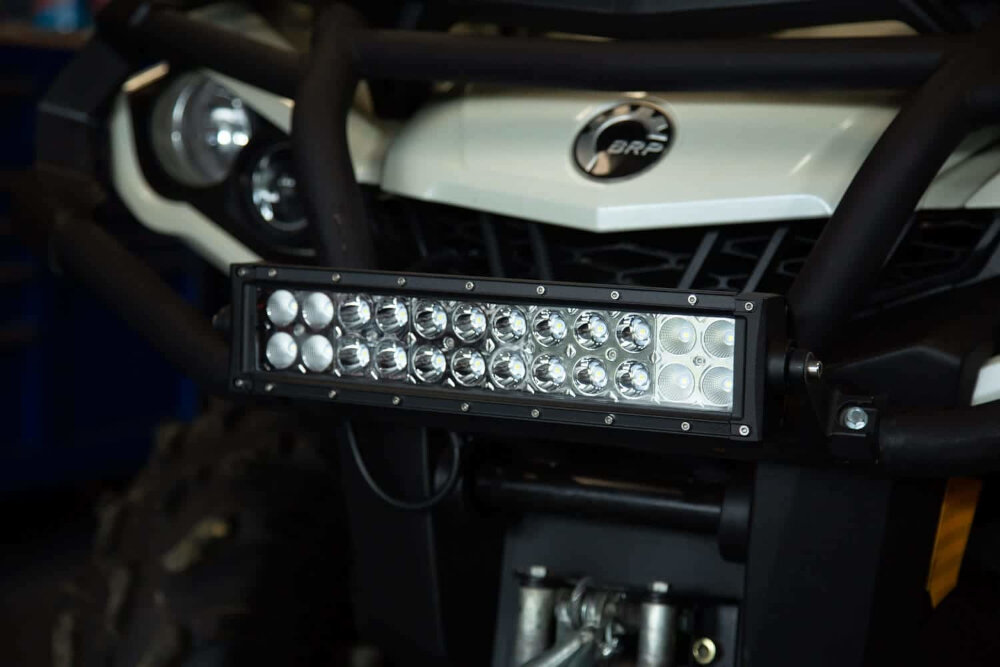
In conclusion, choosing the appropriate wattage for your 4-foot LED light is crucial in achieving optimal illumination for your space. Factors such as the room size, purpose, and desired brightness level should be considered when determining the wattage needed. It is recommended to opt for lower wattage options for rooms with low ceilings or where softer lighting is preferred, while higher wattages are ideal for larger rooms or where brighter illumination is required. Ultimately, selecting the right wattage will not only provide adequate lighting but also contribute to energy efficiency and cost-saving in the long run.


